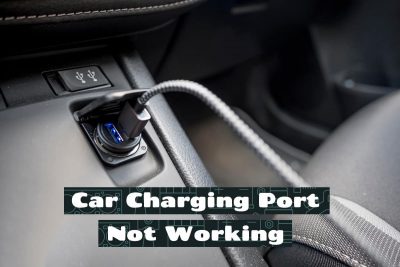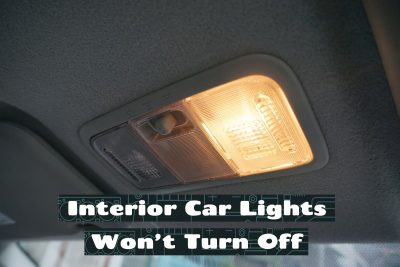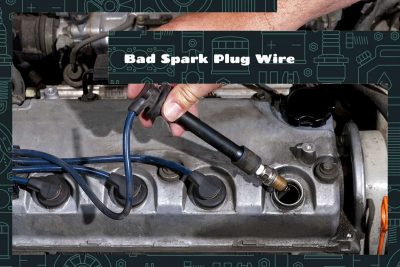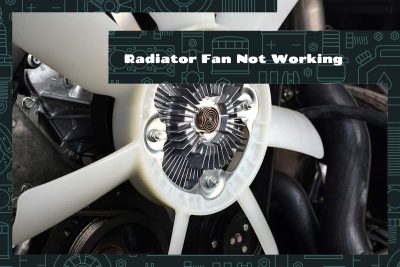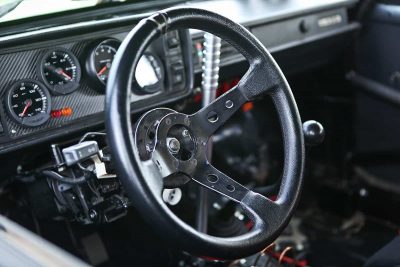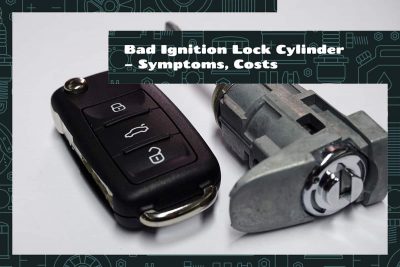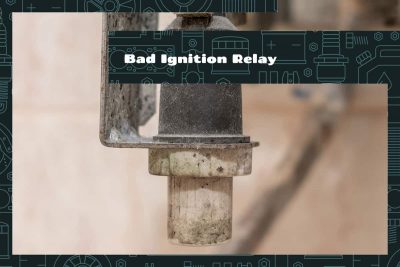For many drivers, the car’s cigarette lighter port, also known as the 12-volt power outlet, is a vital link to many devices and accessories. Whether it’s powering your GPS, charging your smartphone, or running a portable cooler on a long journey, this handy component is often taken for granted—until it stops working. A malfunctioning cigarette lighter port can cause inconvenience, turning even the simplest tasks into frustrating challenges.
The problem of interior car lights refusing to turn off may seem like small problem but it become a significant nuisance if not addressed promptly. Beyond being annoying and potentially draining your car battery, this issue can affect your visibility while driving at night.
Spark plug wires transfer the electrical current from your car’s coil to its spark plugs. When they function correctly, your engine runs smoothly, but when they fail, it can lead to a myriad of problems. Identifying a bad spark plug wire is the first step toward facing unnecessary hassles down the line.
Bad clock spring symptoms include non-working horn, cruise control problems, airbag warning lights, or difficulties in steering. The average replacement cost for a bad clock spring typically ranges between $200 to $350, including parts and labor.
The radiator fan is designed to prevent your engine from overheating by blowing cooler air across the radiator. It helps in maintaining the optimal operating temperature of the engine, thereby ensuring the car’s smooth and efficient performance. However, like all mechanical parts, radiator fans can malfunction over time, posing serious threats to your car’s health and safety.
Corrosion is the gradual destruction of metals, in this case, the metal components in your vehicle’s light sockets, due to chemical reactions, usually oxidation. This stealthy destroyer, often appearing as an ugly brown or greenish deposit, can compromise the efficiency of your lights, reducing brightness or causing flickering. In severe cases, it might lead to complete light failure, posing safety risks during your travels.
Steering angle sensors work behind the scenes, monitoring and reporting the direction in which the steering wheel is turned. Its primary purpose is to ensure the stability of your vehicle, particularly when driving around corners, or during more intricate maneuvers. When functioning optimally, it promotes smooth driving experiences and prevents accidents.
When you insert and turn the key, the ignition lock cylinder sends a signal to start the engine, and off you go! If it isn’t working right, your car won’t work either. It’s a vital part that needs to be in top shape for your vehicle to operate smoothly.
When you turn the key, the ignition relay tells the engine to start working. As time goes on, whether due to misuse or another cause, the ignition relay can also become faulty or ‘bad’. This might lead to some problems in starting or running the car smoothly.
On average, replacing an alternator takes around 2-4 hours. Factors such as your vehicle’s make and model, your experience level, and whether you’re attempting a DIY replacement or using professional services can impact the time it takes.
Car lights serve an essential role in road safety by enhancing visibility and communication with other drivers. However, flickering lights can be a perplexing issue for many vehicle owners. The occurrence is not just an inconvenience; it can potentially signal underlying problems in your car’s electrical system that need immediate attention.
The signs of a failing alternator can include difficulty starting your vehicle, dimming lights, warning signs on the dashboard, unusual noises, battery issues, and visual signs of damage. To fix it, you’ll either need to repair or replace the alternator, either professionally or through a DIY approach if you have the necessary skills.
